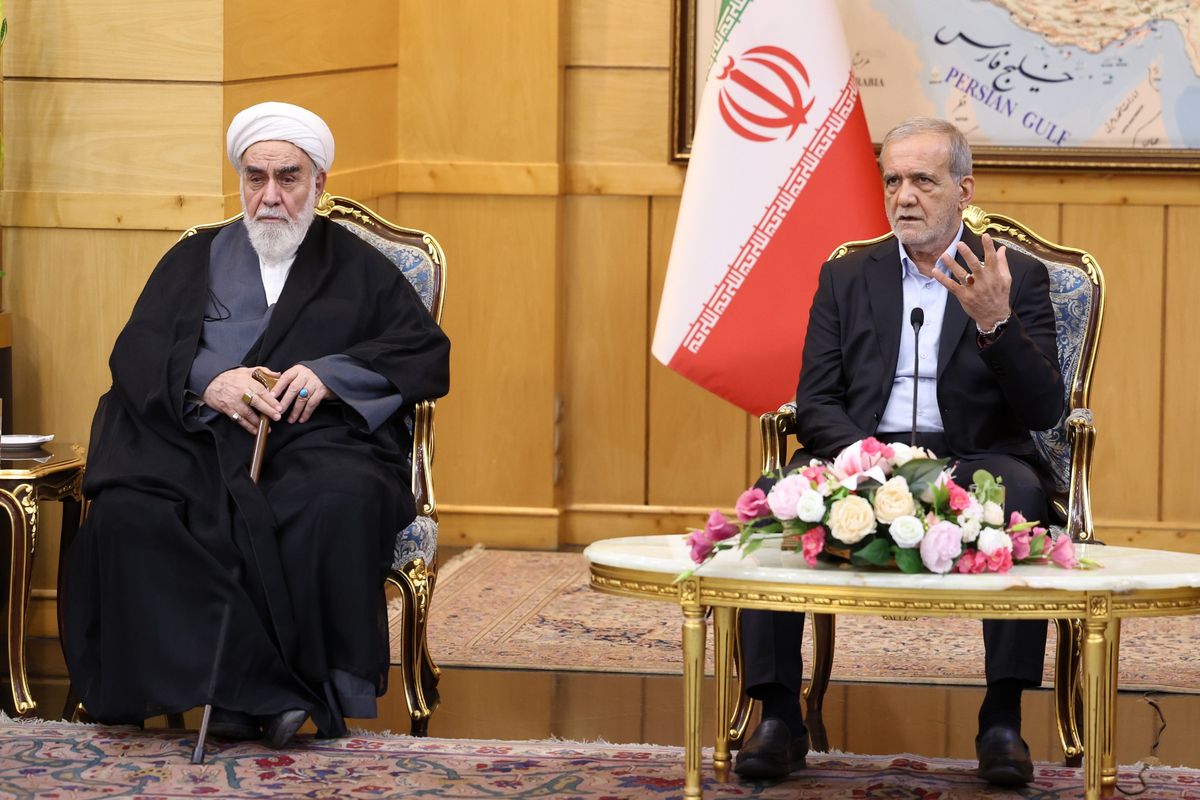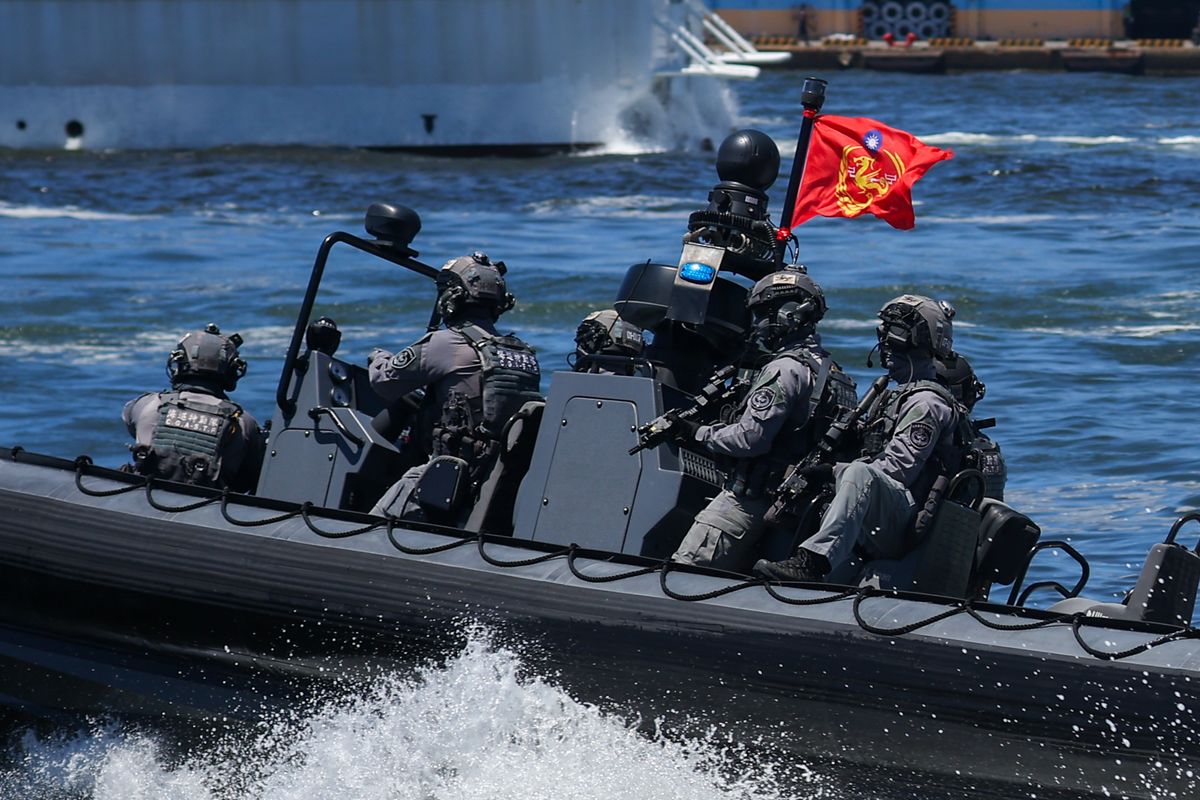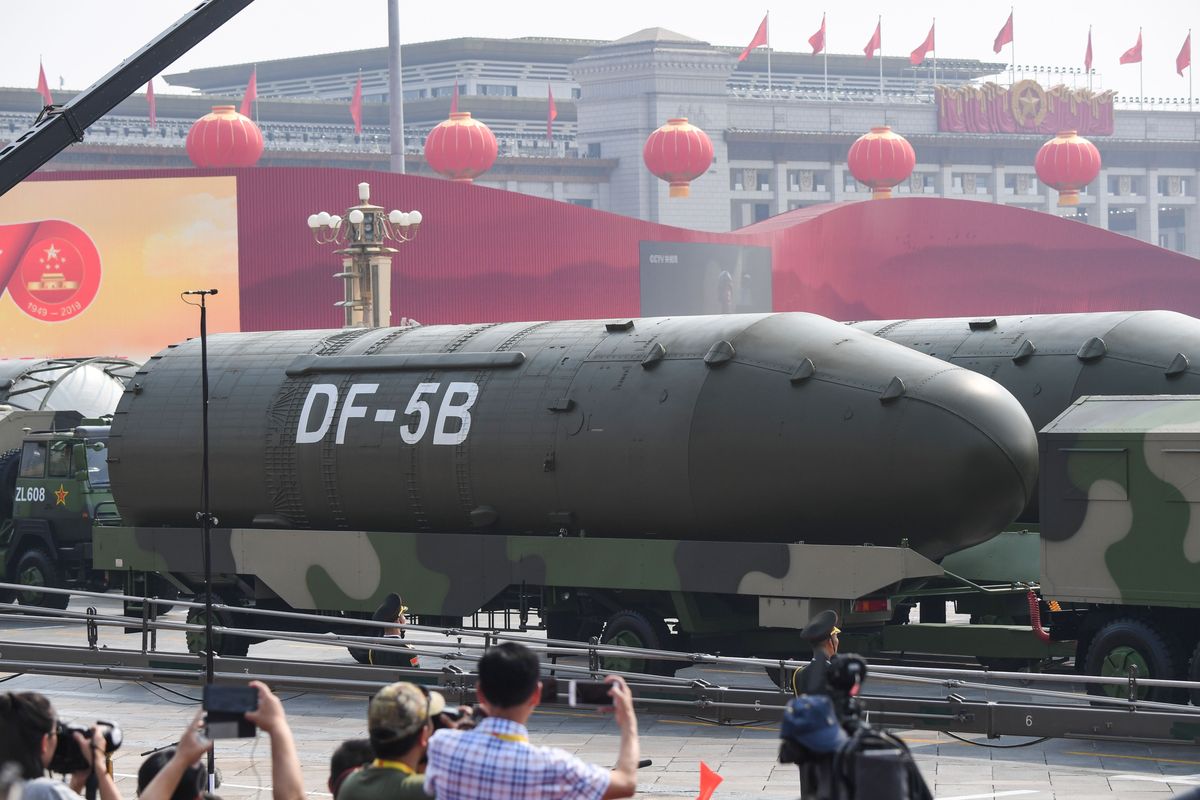The United States and its allies in East Asia have had sound reasons for the current approach to dealing with North Korea. However, it carries with it a danger exemplified by the latest and largest North Korean nuclear test. North Korea has been rightly dubbed by many experienced diplomats, the land of lousy policy options. As such, the Obama Administration chose early in its first term, after initial rebuffs in diplomatic outreach to the North, to work with the international community to place increasingly harsh sanctions on North Korea while encouraging China to use its leverage to bring the North back to the table ready to trade away its ambitions to become a nuclear power. But the latest North Korean nuclear test is a vivid reminder that Kim Jong-un has not been deterred and in fact is making progress, as he pursues the capability to strike the continental U.S. with a nuclear-tipped ballistic missile.
Beginning in 2003, the Central Intelligence Agency publically credited North Korea with possessing “one or two” simple fission-type nuclear weapons, and the current estimates are that the North has enough fissile material for 10-16 nuclear weapons. However, designing and deploying a reliable intercontinental missile with a nuclear warhead is a far more difficult scientific accomplishment. There are many obstacles, such as miniaturization of the nuclear device to fit the capabilities of the launch vehicle and ensuring that the nose cone, and thus the warhead, will survive intact the reentry into the earth’s atmosphere. To use a rough comparison, China conducted its first nuclear test in 1964, but it was not until 1980 that it was considered to have its first operational, nuclear-tipped ICBM. If North Korea can duplicate this timeline, it is still six years away from an operational nuclear-tipped ICBM, because its first nuclear test was in 2006. More sophisticated analysis suggests that North Korea might achieve this goal by 2020.
The question that the current dilemma raises is whether the next U.S. President will continue to calculate that the existing U.S. game plan will yield results before North Korea can credibly threaten the continental U.S. or decides to radically alter the U.S. strategy on North Korea? My own view is that the game plan is sound but the execution is flawed. Trying to convince China to use its leverage is impossible while the level of strategic mistrust between Washington and Beijing remains high, because Beijing’s nightmare scenario is not a nuclear North Korea but a united Korea aligned with Washington against China, with U.S. troops deployed along China’s border. This explains, in part, China’s unusually strident reaction to the decision by the South Korean government to move ahead with the deployment of THAAD ballistic missile defense system. The Chinese are convinced, I believe incorrectly, that THAAD will be a key element in not only defense against North Korean missiles but Chinese missiles as well.
The next U.S. President must find a way to reassure Beijing that the U.S. goal is a denuclearized Korean Peninsula, not a U.S.-dominated Peninsula. To advance that goal, Washington must find ways to address the high level of mistrust in Beijing of U.S. motives. Although there are many moving parts to a policy of lowering U.S.-China mistrust, I want to stress one aspect that may be overlooked. As a first critical step, the next President should appoint an Ambassador to Beijing who meets two key criteria: a deep understanding of China and one who has direct and personal access to the President.
Precedent for how the right Ambassador can dramatically improve U.S.-China relations can be found in the appointment of Clark “Sandy” Randt to Beijing at the beginning of the George W. Bush administration. Randt had lived and worked for two decades as a lawyer in Hong Kong, negotiating difficult trade deals with the Chinese. He was also an intimate friend of President Bush, starting with their college days at Yale. Such long-term relationships are meaningful in Chinese culture, in ways sometimes obscure to Americans, because Chinese society is built on personal networking.
Randt was a key participant in every policy deliberation on China, giving President Bush the benefit of straight talk from a trusted friend. When he engaged Chinese officials, they knew that he spoke authoritatively for the President. He remained Ambassador in Beijing for all eight years of the Bush Presidency. The success of this triangular dialogue between the U.S. Ambassador, China, and the White House is demonstrated in the fact that many in Beijing consider that U.S.-China relations reached a high point of trust during 2008, culminating with President Bush’s visit to Beijing for the summer Olympics. This despite many sharp disagreements between Beijing and Washington over such thorny issues as the pro-independence stance of Taiwan President Chen Shuibian, President Bush’s unyielding advocacy of the human rights agenda, and the downing of a U.S. surveillance aircraft by a Chinese fighter pilot.
Therefore, it is critical that the next President appoint an Ambassador with the strongest of credentials, not to solve instantly the North Korean nuclear dilemma but to reenergize a productive dialogue and generate new joint approaches to the problem. There should be a sense of urgency to the dialogue and candid discussions about difference in U.S. and Chinese perceptions of North Korea and its future. Only then can we avoid what is incrementally becoming the reality of the North Korean nuclear threat to the American heartland.












